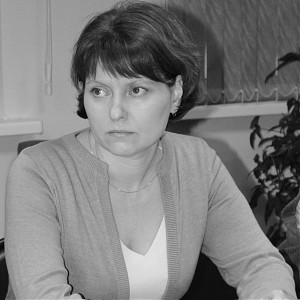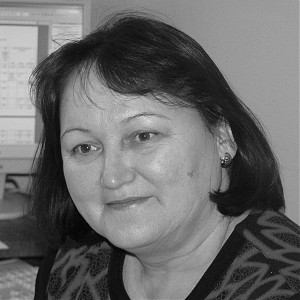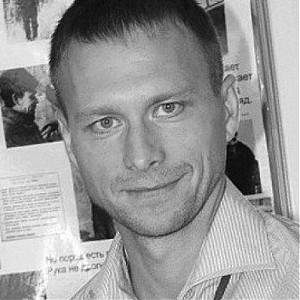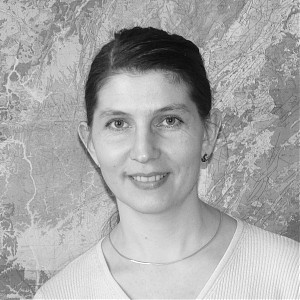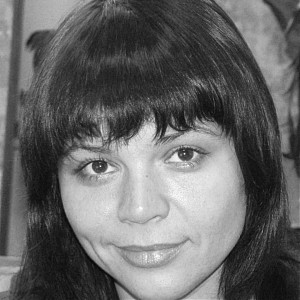Laboratory of Engineering Geology and Geoecology
Chief Elena A. Kozyreva, Can. Sci. (Geol.-Min.)
The staff consists of 16 persons, among which are one doctor and six candidates of sciences.
An aspect of engineering geology arose in the Institute on the initiative of M.M. Odintsov and has been developed since its inception in 1949. At first, the directors of studies were G.B. Palshin and E.K. Grechishev. In 1961, the Laboratory of Slope Dynamics and the Laboratory of Reservoir Geodynamics were established; the former, initially headed by G.B. Palshin and since 1968 – by Yu.B. Trzhtsinskii, was renamed into the Laboratory of Engineering Geology in 1971 and the latter, initially headed by E.K. Grechishev, in 1984-1971 – by V.I. Astrakhantsev, and since 1971 – by F.N. Leshikov, was renamed into the Permafrost and Soil Survey Laboratory in 1986. Because of reorganization (1995), both laboratories merged into the Laboratory of Engineering Geology and Geoecology that was initially headed by Yu.B. Trzhtsinskii, in 2004-2005 – by G.I. Ovchinnikov, and has been headed by E.A. Kozyreva since 2006.
Main current lines of investigation:
- study on trends in natural geological processes and their technogenic analogues, synergetic effects in exogeosystems;
- theoretical grounds for engineering-geological and geoecological assessment of various natural-technical systems of East Siberia and natural hazard assessment;
- potential changes of geological environment under the effect of human activities.
The Laboratory has performed an assessment of an engineering-geological and engineering-geodynamical environment in some of the regions of East Siberia and the degree of its tolerance to technological impact in various natural-technical systems. The main factors and trends have been found in the development of exogenous geological processes and their regional characteristics. A comprehensive assessment concept has been proposed for paragenetically related exogenous geological processes in various natural-technical systems (water reservoirs, linear structures, urban agglomerations etc.). The databases have been compiled on some of exogenous processes in the south of East Siberia Three-dimensional modeling of local geosystems and various-scale electronic mapping of ecological-geological conditions of natural-technical systems have been performed that allows assessing qualitatively and quantitatively the changes in geosystems. Recommendations have been proposed for shore protection and mudflow and landslide control in conditions of East Siberia. Original calculations are being performed for stability of the areas and transformation of the reservoir banks with in particular technique elaborated in the IEC SB RAS, and a long-term prediction is being provided for exogenous geological processes (abrasive accumulation, landslides, erosion, karst and others).
The Laboratory cooperates closely with academic and industrial research teams of the Irkutsk Technical State University, Moscow State University, Far East State University of Railway Transport, Angarsk Geological Expedition of Federal State Unitary Geological Enterprise “Irkutskgeologia”, “Roszheldorproekt” OJSC that is a branch of “Irkutskzheldorproekt”, East Siberia Gas Company, Tunka National Park, and others. The bilateral treaty on scientific cooperation with the University of Silesia (Poland) is being implemented. The Laboratory participates in international projects and in scientific exchange with the Institute of Geography and Spatial Organization, Polish Academy of Sciences.
The Laboratory’s immediate tasks are to investigate theoretical grounds for assessing the geodynamic environment changes, to make research on typification of natural-technical systems in terms of system analysis, to establish local geosystems relationship, to perform analysis on the character of dynamics of exogenous geological processes and prediction of their development, and to estimate exogeodynamic risk of differently used lands.
